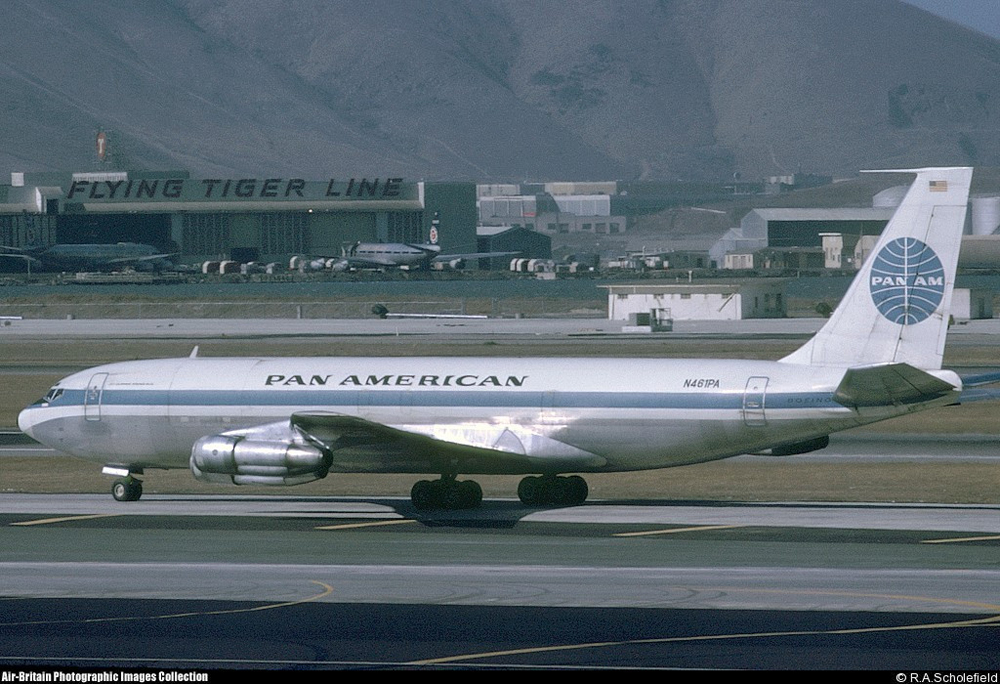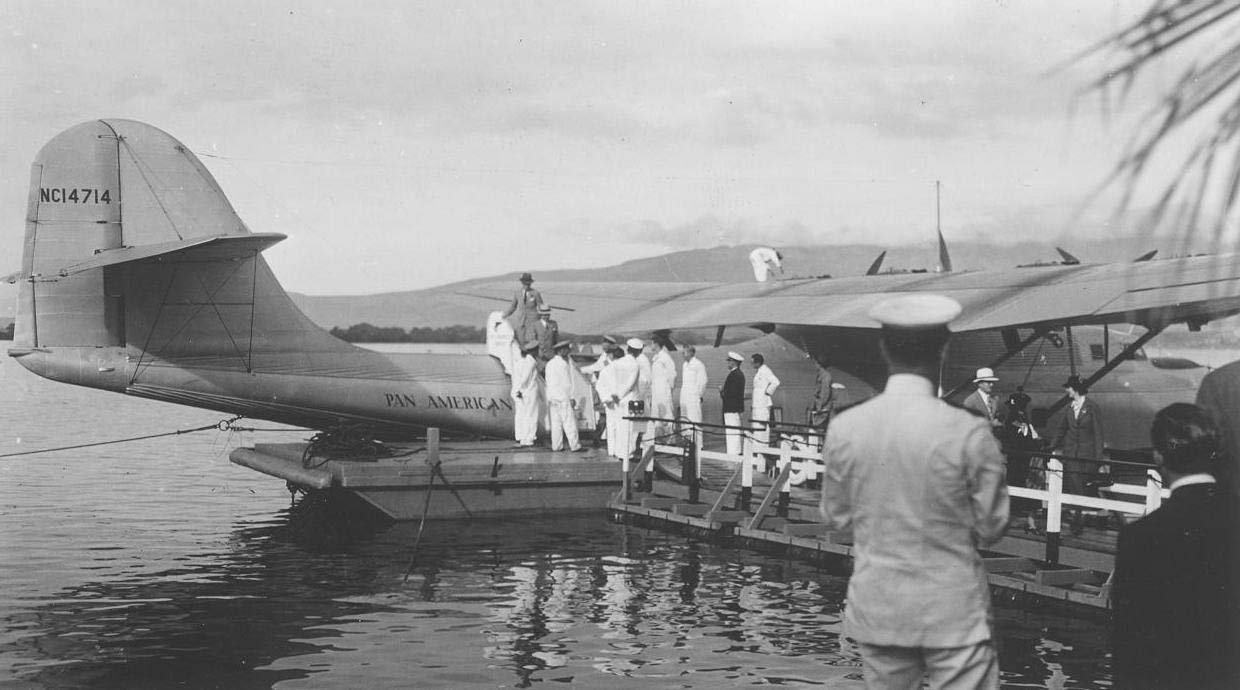Crash of a Lockheed EC-130Q Hercules off Wake Island: 16 killed
Date & Time:
Jun 21, 1977 at 2230 LT
Registration:
156176
Survivors:
No
Schedule:
Wake - Agana
MSN:
4280
YOM:
1968
Crew on board:
4
Crew fatalities:
Pax on board:
12
Pax fatalities:
Other fatalities:
Total fatalities:
16
Circumstances:
Shortly after takeoff from Wake Island Airport runway 10, while climbing by night to an altitude of 400 feet, the four engine airplane went out of control and crashed into the sea about 1,500 meters offshore. Two engines and few debris were found while the aircraft sank and was lost. All 16 occupants were killed.
Probable cause:
It is believed that the pilot-in-command lost control of the airplane during initial climb after he suffered a spatial disorientation while flying over the ocean without any visual references. The accident occurred while there was no ATC at airport.











